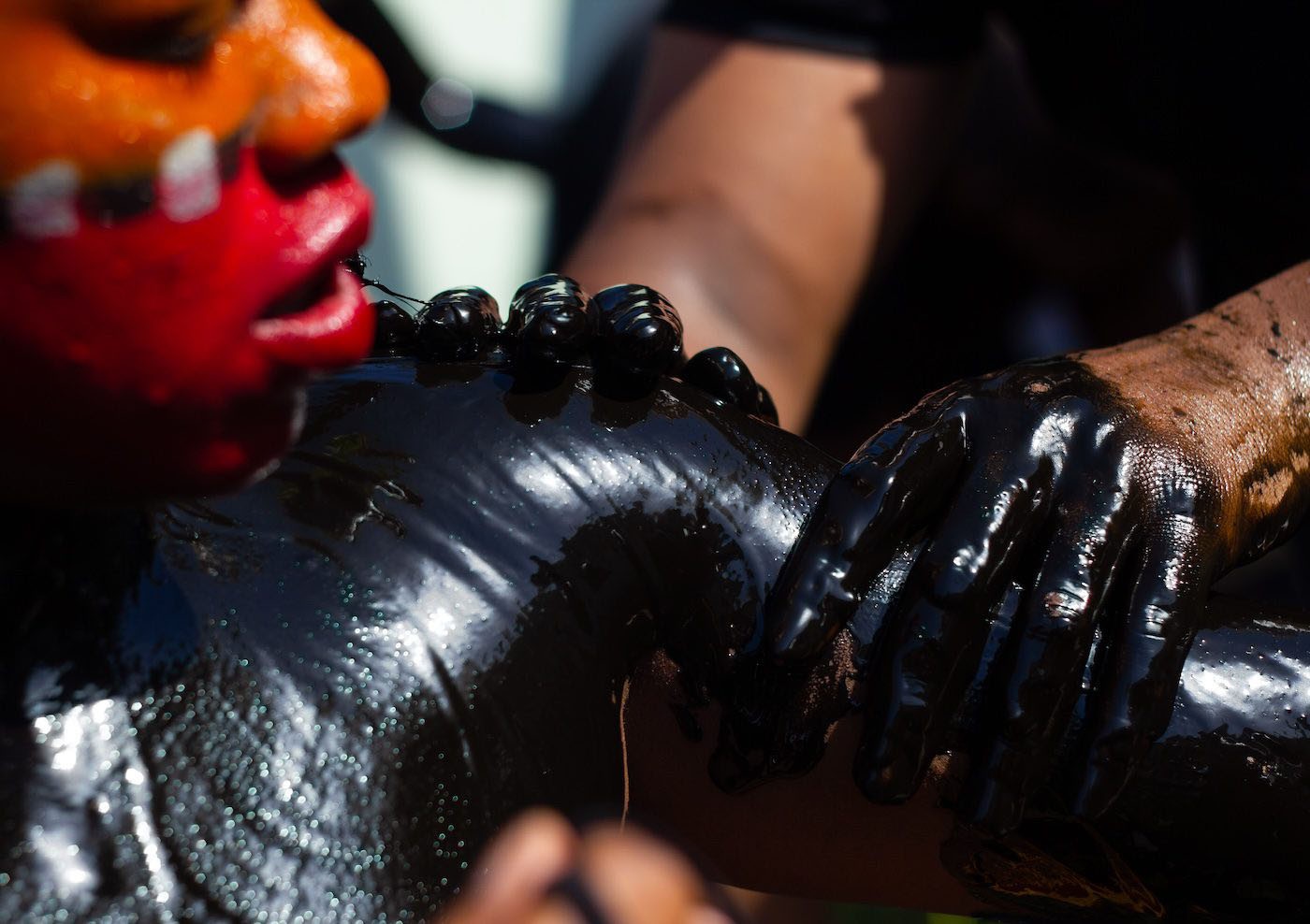The Artist Mwangi Hutter Reflects on the Human Condition
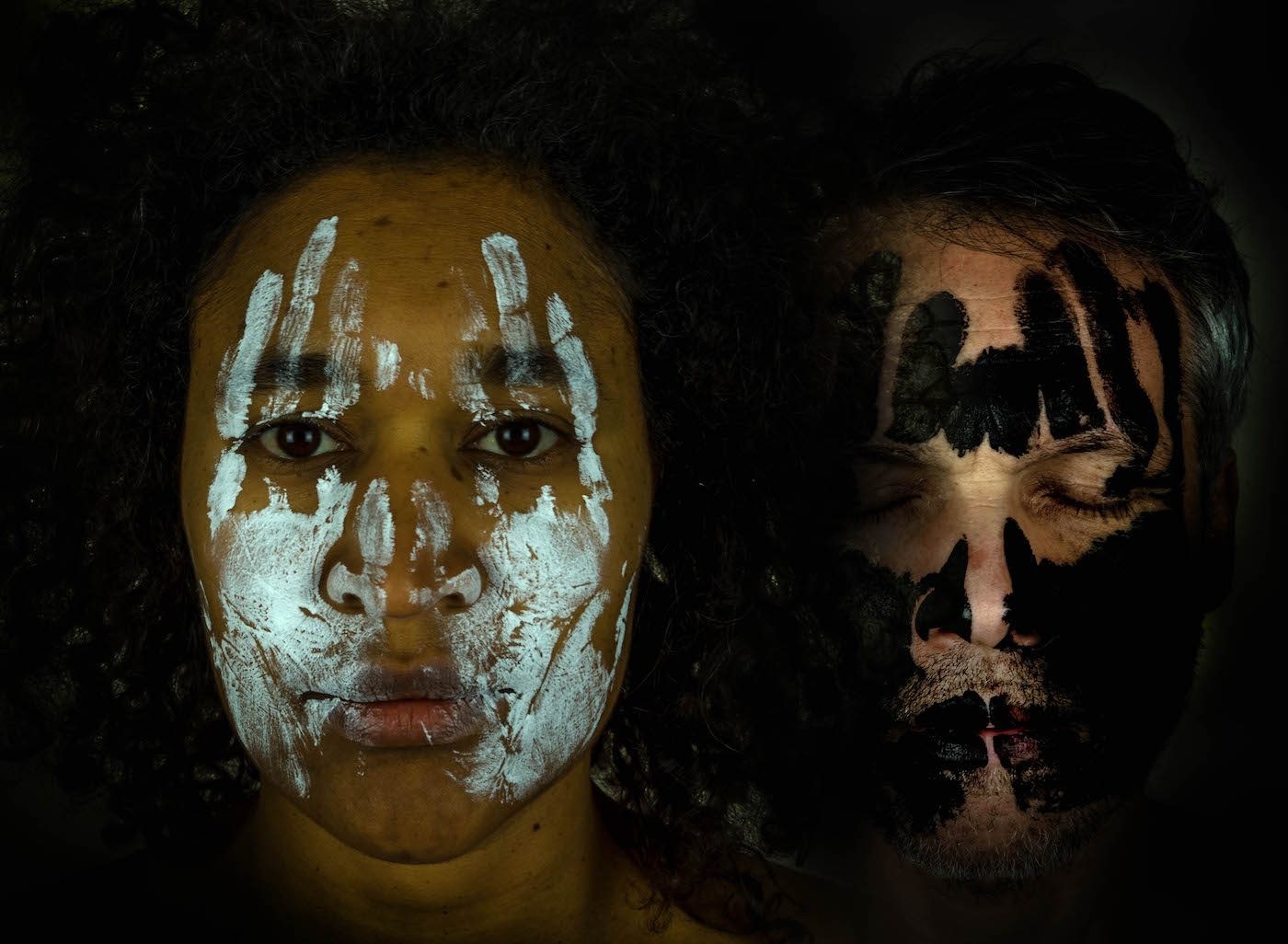
29 October 2021
Magazine C& Magazine
Words Leonie Döpper und Theresa Sigmund
9 min read
C& spoke to the Kenyan-German artist duo about their creative process, merged identity and about producing works that aim to look “beyond differences”.
For centuries Black cultural production has been coming out of countries where German is spoken, and it has been as diverse and distinct as the various regions themselves. In this series, we highlight cross-generational artists with strong ties to these geo-cultural territories. This time, the artist duo Mwangi Hutter.
Contemporary And: Your artistic process has evolved over decades and been received in Venice, Kassel, São Paolo, Johannesburg, and Tokyo, among other places. What are some of the experiences that have shaped your work, and how do people react to it in different spaces?
Mwangi Hutter: There is so much to say! We first consciously encountered the term “contemporary African art” in 2000. We were exhibiting with three artists from Africa and the African Diaspora in an exhibition in Germany that then toured to the São Paolo Biennial. From then on we established an awareness and excitement about working with colleagues who had a common drive to create new platforms for work by artists from all parts of Africa. Together we wanted to open up new spaces and generally expand the discourse of artistic practices from all over the globe.
At the same time we became aware of our merged identity, which from the start was not an abstract concept but a lived experience.
We move between diverse mediums, always searching for the supreme way to express our experience and understanding of the world. Public performance is especially pertinent for our practice in African cities, where it creates new audiences through direct, interactive engagement. Working with our four children is a path of combining art with the immediacy of life. Creations in the calm setting of our studio bring forth the more internal, intimate aspects of our work. As to the various places we are invited to present this work: viewers in different spaces and contexts perceive and evaluate according to their individual outlook, which is always amazing for us to hear and learn about, yet they often arrive at similar understandings, based on the universality of human experience.
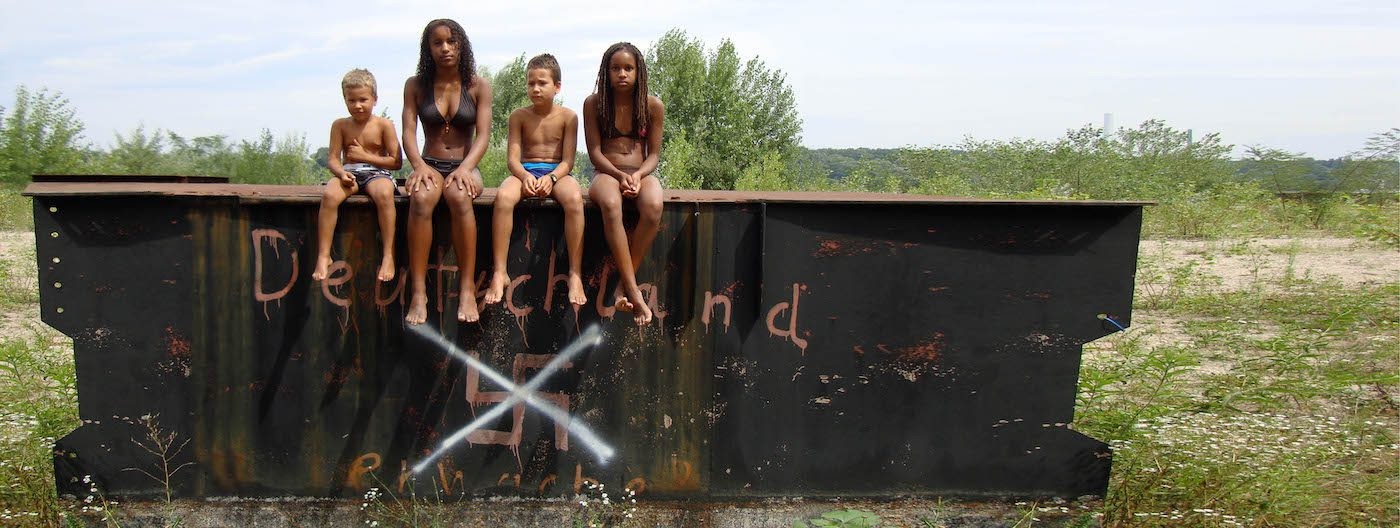
<figcaption> Mwangi Hutter, Homeland, 2008. C-print, 86 cm x 228 cm. Edition of 7 plus II AP. Courtesy the artists.
C&: How did the idea of a merged identity originally come about in your artistic collaboration? And could you share some insights into your creative processes?
MH: Our first meeting was during our studies in the new media class at the German art and design university HBKsaar, and it was an immediately explosive meeting of kindred souls. We were very different regarding our background and experiences, yet felt a great convergence in our outlook and aspirations. And we fell in love. We spent most of our time together, and most of that time was spent conceiving of, discussing, and making art. For our respective creations and exhibitions we would draw on each other’s qualities and skills to inform our work.
We had ideas for placing one another’s bodies in different contexts within video, photo, and performance works. And it became more and more difficult to separate our two positions, impossible to keep “the other” outside of our personal discourse. One day, one of us woke up from restless sleep of nightmarish dreams, of being chased and driven into isolation. Reflecting on this we came to the mutual conclusion that the answer to many of the problems around otherness, discrimination, and violence that we presented in our art would be to propose a vision of oneness. On that very day in the early 2000s we merged our biographies and embarked on the endeavor of revealing our manifestation as a single artist.

<figcaption> Mwangi Hutter, Again fulfilling, 2015. Acryl, liquid chalk on canvas
78 7/10 × 78 7/10 in
200 × 200 cm. Courtesy the artists.
One deep insight that arises from our joint venture is that identity is a construction, whether personal, national, historical or otherwise. Generally, when a new idea is grasped upon and then integrated, it is amazing to witness how deep-seated notions can be overturned. We personally experience concepts of 'mine' and 'yours' beginning to soften and loose ground, the viewpoint and reality of “the other” becoming subsumed in one's own outlook. This brings about a feeling of oneness, a changed sense and understanding of self. And more humor!
We are also investigating ideas around romantic love. We’re discovering that many of the norms transmitted through upbringing and omnipresent media input convey a rather limited understanding of a “happily ever after.” The quality of having a constant flow of understanding, communication and unblocked, fertile energy, through which partners can thrive and benefit each other, is subtly differentiated and directly related to each person’s experiences and make-up. Just recently, our daughter said about us working together: “that is your special love language.” It’s fitting, though our work goes beyond that. When we paint together it is our way of being in love; making art together is like making love. It is a similarly joyful act of giving, taking, and sharing.

<figcaption> Mwangi Hutter, Turquoise Realm, 2014. 3-channel video, 8:45 min. Edition of 5 plus I AP. Courtesy the artists.
C&: You reflect on notions of race and gender and in your performances you approach them in a context that looks “beyond differences”. Can you talk about this very political as well as personal approach?
MH: Our early work, which we characterize as “the approach,” revealed social injustice, from gross to more hidden forms of discrimination. In probing public spaces as well as confronting our own bodily limitations, we demonstrate our notion that the political is personal and that personal intervention enables social and political change. We live in an age where social, economic, and political activities and communication technologies are highly interdependent. And it seems to be dawning on people that harmony must be established, that equality should be the norm, that justice must prevail. What is still lacking is the complete know-how, the ability to unerringly implement these ideals so that they become reality. The methods we develop in our practice center around addressing this gap. We employ self-research to generate self-knowledge, which allows us to move beyond perceived limitations.
Mwangi Hutter, Eastleigh crossing, 2003. Performance. Courtesy the artists.
C&: It is very moving how much you reveal of yourselves while performing. Is your artistic journey also a healing process?
MH: Yes, in a way. The display of the personal always serves to represent the human condition, demonstrating the universal principles that are common to all of us. In the same way, all outer actions and processes one engages in with awareness – in our case creating art, traveling, exhibiting, and speaking publicly about our concerns and endeavors –serve to clarify and unite us with our own basic emotional, mental, and spiritual health. Dealing with the neuroses in our lives we could tap into an underlying innate human sanity. But it is often obscured by gross and subtle layers of habits, doubts, and fears about perceived incapability, as well as hidden traumata due to past disappointments and injustices. But if we begin to rely on the present moment, rest there and explore spaciously, joyfully, and dedicatedly, we begin to peel away what hinders us. Healing is a natural result of this.
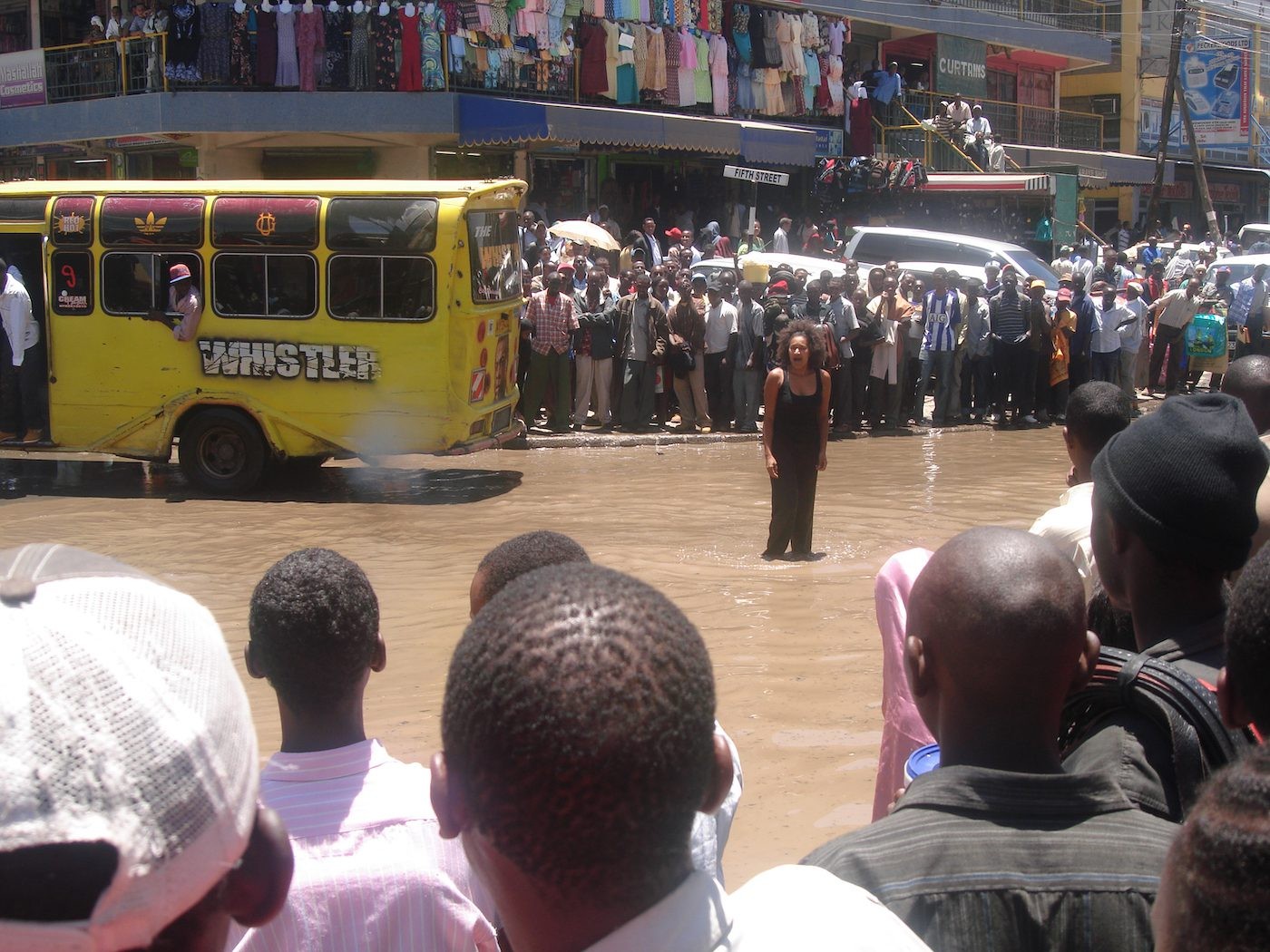
<figcaption> Mwangi Hutter, Dual Twinning, 2020. (Overcoming Series)
C-print, 96 cm x 64 cm
Edition of 7 plus II AP. Courtesy the artists.
C&: What are your thoughts behind the concept of universal responsibility, which is central to your work?
MH: Universal responsibility comes with taking care of what is right in front of us. There is little benefit in shouting into vast forests and lamenting that one is not heard. The effort each individual must make begins closer to home: in one's own body and mind. In the unveiling of the intimate unknown!
C&: Besides working with your own bodies, you also work with imagery, sound and natural materials, and you see your audience as a direct resonance room. Do you have a sense of how the audience connect to these elements, and how do you connect with the audience?
MH: There is constant conversation with the viewers, without whom there would be no basis or need to communicate through art. Every aspect of the materiality we engage is a puzzle piece of a larger picture that comes further into focus through the experience of everyone who engages with the artwork. It is a dance, a play of interwoven signals given and received that enables the oeuvre to unfold over the years of our lifetime and beyond. Each invitation to exhibit, each text written about the work, each viewing and comment shapes the emergence of the initial dual source and the collective encounter into an infinite loop. It is all the more exciting as we have the opportunity to present to audiences all over the world. Each person and group carry varying personal and cultural experiences, bringing their own distinct flavor to the table of our joint feast. The audience might be listening to the voices that resound in our performances and installations, sounds that pierce the heart and resonate with the soul. They might be witnessing the recontextualization of our bodies in video and photo works. Or exploring the rocks, soil, jute, wax, metals, and paints we use: comparing, connecting, and wondering. All these are occasions in which the work comes alive, when matter meets mind and vibrates there to emanate meaning, whether we are speaking with members of an audience in Nairobi about the depiction of the body and peeling away a certain postcolonial disinclination towards nakedness or honing in on the commonalities of German and Japanese war history while in Tokyo – whether speaking of erotic love in Paris or of the politicized Black body with an audience in New York. Our corporeality and the materials we work with make up the canvas on which we collectively explore human existence as what it is: an ever-changing ephemeral display, full of opportunity to reveal the underlying truths of what we really are.
Watch the performance "The Cage" by Mwangi Hutter here.
Ingrid Mwangi was born in 1975 in Nairobi and Robert Hutter 1975 in Ludwigshafen/Rhein. Combining their names into one,Mwangi Hutter emphasize their conception of a single artist arising from two entities. Mwangi Hutter work with video, sound, photography, performance, painting and sculpture, which are often exhibited as combined installations.
Interview by Leonie Döpper and Theresa Sigmund.
Read more from

On Ghosts and The Moving Image: Edward George’s Black Atlas

Confronting the Absence of Latin America in Conversations on African Diasporic Art

On Exile, Amulets and Circadian Rhythms: Practising Data Healing across Timezones
Read more from
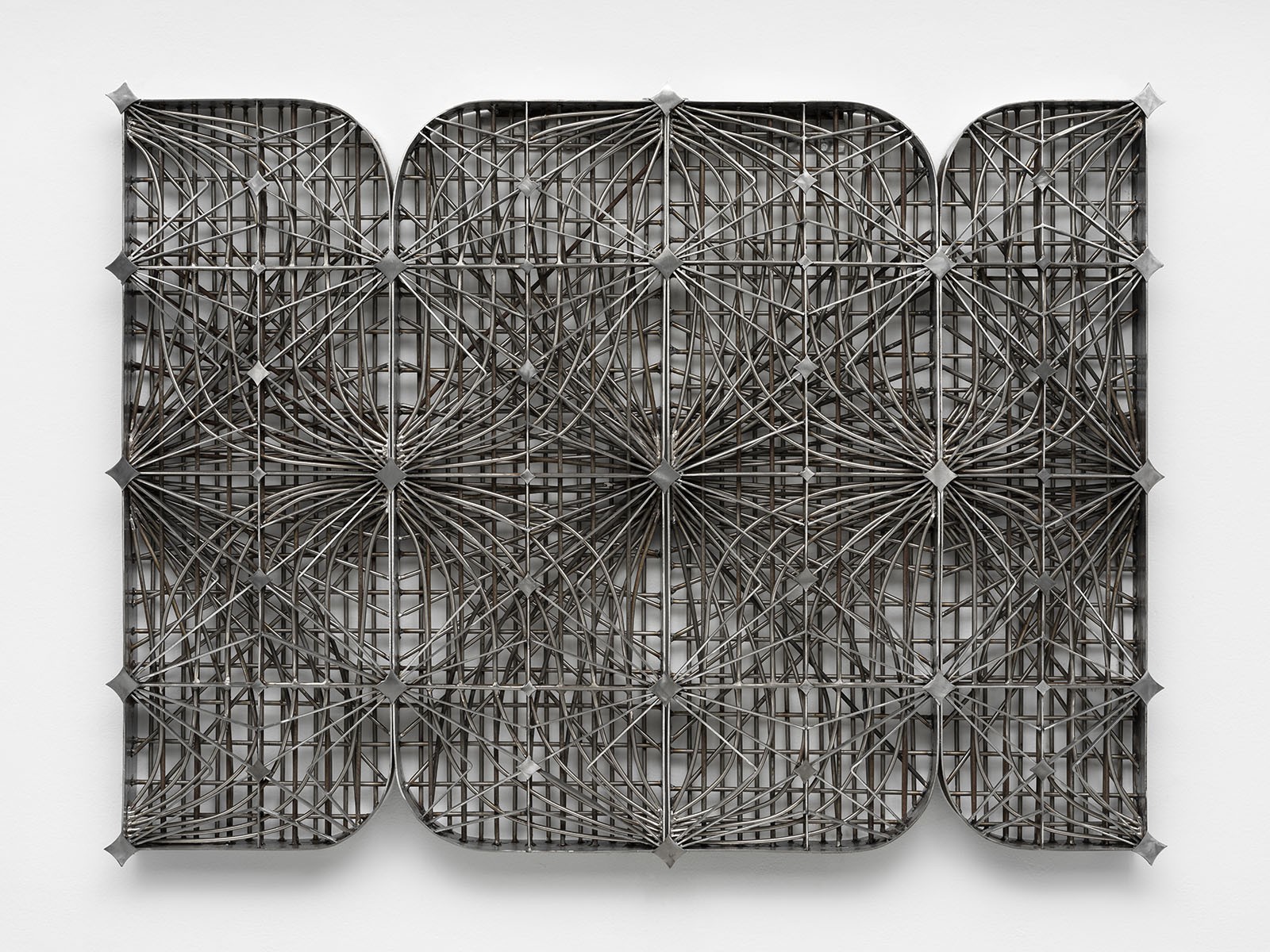
Jesús Hilário-Reyes: Dissolving Notions of Group and Individual
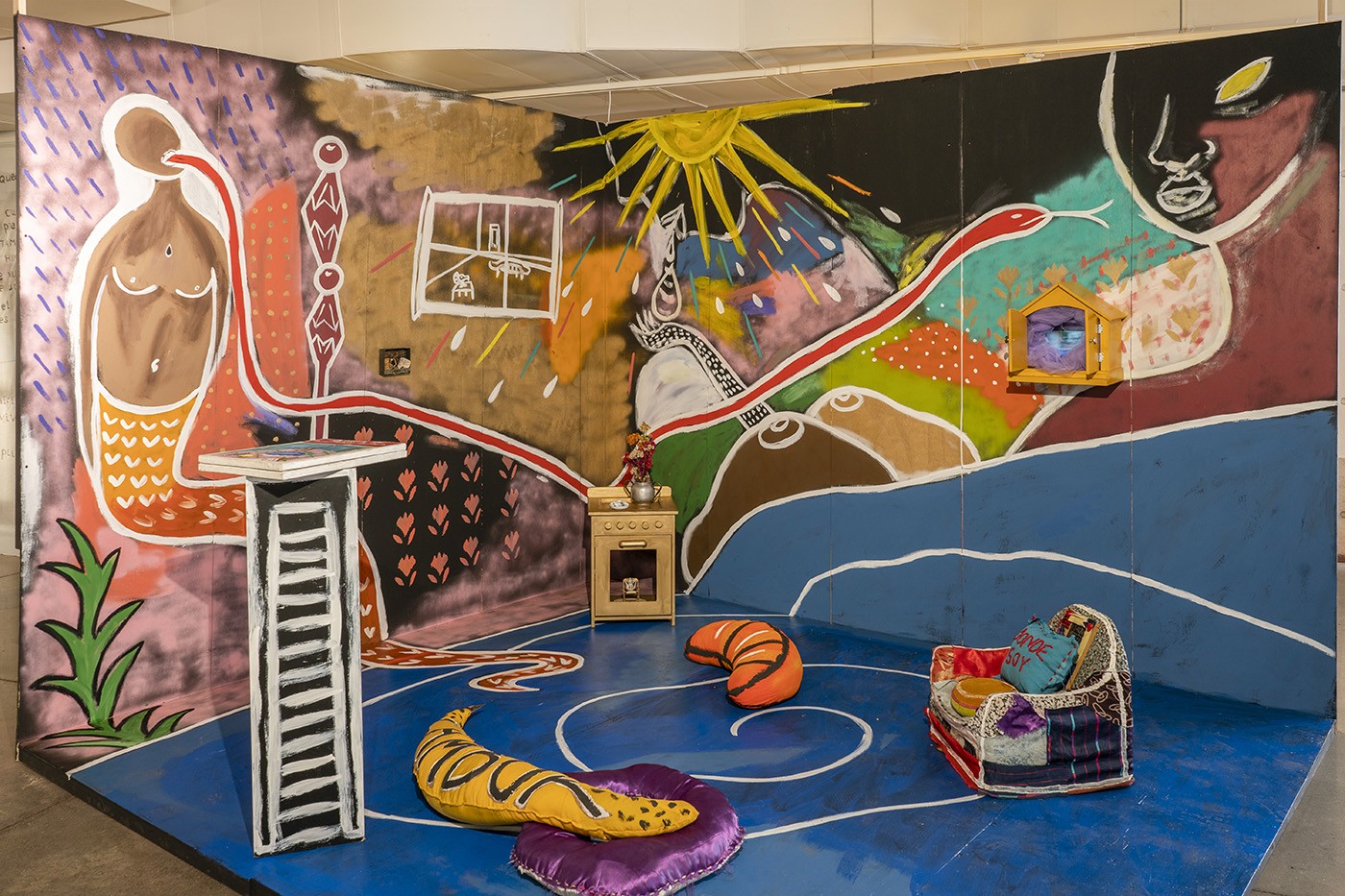
A Biennial that relates sound to space and bodies
